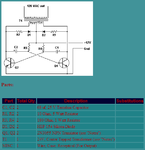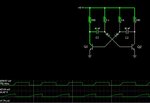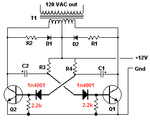samy555
Full Member level 4
Hello
From:
https://www.learnabout-electronics.org/Oscillators/osc41.php
I read under Title " Astable Operation ":
I could not understand what is underlined. I understand how each transistor turns on but I could not understand how it becomes OFF
Thanks to everyone who tries to help
From:
https://www.learnabout-electronics.org/Oscillators/osc41.php
I read under Title " Astable Operation ":
I could not understand what is underlined. I understand how each transistor turns on but I could not understand how it becomes OFF
Thanks to everyone who tries to help
Last edited by a moderator:
![astable-basic[1].gif astable-basic[1].gif](https://www.edaboard.com/data/attachments/50/50601-f79f9a633d24065b2dbca894192df830.jpg)




